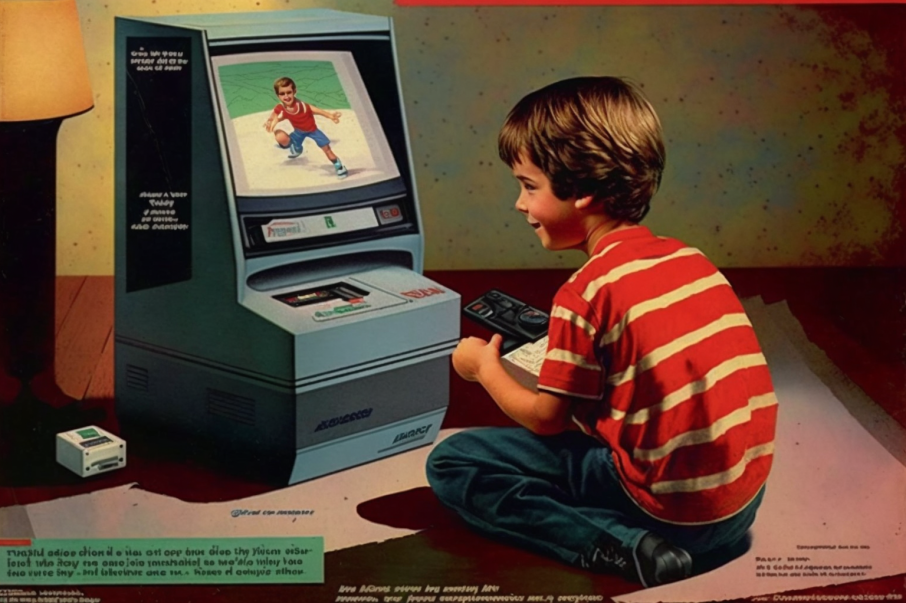Have you ever seen an ad that you could actually play like a mini-game? That’s exactly what playable ads are – interactive advertisements that let you tap, swipe, and engage instead of just watching. These playable mobile ads are changing how brands connect with customers by turning boring ads into fun experiences. In this guide, we’ll explore what makes interactive advertising so effective, how playable game ads work, and why they’re becoming the future of mobile marketing.
What Are Playable Ads?

Playable ads are interactive advertisements that work like mini-games or apps right inside the ad space. Instead of just showing you a picture or video, these ads let you actually try out a product or game before buying or downloading it.
Think of playable ads as test drives for apps and games. When you see a traditional ad, you might wonder “Is this game actually fun?” With playable ads, you can find out immediately by playing a short demo right there on your phone.
These interactive ads started becoming popular around 2015 when mobile gaming exploded. Companies realized that letting people try their games was much more effective than just showing screenshots. Platforms like Unity began offering tools to create these playable experiences, making them easier for developers to build.
For example, if you’re scrolling through social media and see an ad for a puzzle game, the playable version might let you solve one or two puzzles right in the ad. This gives you a real feel for whether you’d enjoy the full game.
Why Are Playable Ads Important?

Playable mobile ads have become crucial for modern marketing because they solve a major problem: people don’t trust regular ads anymore. According to recent industry reports, interactive advertising gets 7 times more engagement than traditional display ads.
Here’s why these ads matter so much:
| Metric | Traditional Ads | Playable Ads |
|---|---|---|
| Click-through Rate | 0.5-1.0% | 3.0-7.0% |
| App Install Rate | 1-2% | 5-10% |
| User Engagement Time | 2-5 seconds | 15-30 seconds |
| Cost per Install | $3-5 | $2-4 |
| User Retention (Day 7) | 15-20% | 25-35% |
Higher conversion rates: When people can try before they buy, they’re more likely to download or purchase. App install rates from playable game ads are typically 3-5 times higher than regular video ads.
Better user experience: Instead of interrupting what you’re doing, playable ads give you something fun to do. They turn ad time into play time, making the whole experience more enjoyable.
Reduced customer complaints: When users know exactly what they’re getting (because they tried it), they’re less likely to leave negative reviews or request refunds.
Improved targeting: These ads collect detailed data about how users interact with them, helping advertisers understand what their audience really wants.
Major platforms like Facebook, Google, and Amazon Luna have all embraced playable advertising because it simply works better than traditional methods. To understand why playable ads are so effective, it’s important to look at the data behind their success.
How Do Playable Ads Work?

Creating effective playable mobile ads involves several key steps and technologies working together:
Step 1: Game Development: Developers create a simplified version of their full game or app. This demo needs to showcase the best parts while loading quickly on mobile devices.
Step 2: Platform Integration: The playable content gets formatted for different advertising platforms. Whether it’s running on Unity’s ad network or appearing in a Facebook feed, the ad needs to work smoothly everywhere.
Step 3: User Interaction: When someone encounters the ad, they can immediately start playing. The experience might last 15-30 seconds – just enough time to get hooked.
Step 4: Call-to-Action: After playing, users see a clear button to download the full app or visit the website. Because they’ve already had fun, they’re much more likely to click.
Technical Requirements: These ads use HTML5, WebGL, or other web technologies that work across different devices and browsers. They’re designed to load fast and run smoothly even on older phones. Mobile game development specialists often handle the technical optimization to ensure smooth performance.
Companies like Snapchat have taken this further with augmented reality features, letting users try on virtual makeup or accessories through their camera.
Common Misconceptions About Playable Ads

Despite their growing popularity, several myths about interactive advertising persist:
Myth 1: “Playable ads are too expensive to create” While these ads do cost more upfront than simple banner ads, they typically deliver much better returns. The higher engagement and conversion rates often make them more cost-effective in the long run.
Myth 2: “They only work for games” Actually, playable mobile ads work great for many industries. Fashion brands let you try on clothes virtually, travel companies offer virtual tours, and food apps let you play cooking games. Netflix has even used interactive ads where viewers make choices that affect the story.
Myth 3: “Users find them annoying” Research shows the opposite – people actually prefer ads they can interact with. When done well, playable game ads feel more like entertainment than advertising.
Practical Tips for Effective Playable Ads
If you’re considering using interactive advertising for your business, here are five key strategies:
- Keep it simple: Your playable ad should be easy to understand within 5 seconds. Don’t try to show every feature – focus on the most fun or useful part.
- Make it relevant: The playable experience should directly relate to your actual product. If your game is about racing, don’t make the ad about puzzles.
- Optimize for mobile: Most people will see your ad on their phones, so make sure everything works perfectly on small touchscreens.
- Test different versions: Try different gameplay styles, lengths, and call-to-action buttons to see what works best for your audience.
- Track the right metrics: Don’t just look at clicks – measure how long people play, what they do in the game, and whether they complete the full experience.
Brands like Sephora have mastered this approach with their virtual makeup try-on ads, which let users test products using their phone’s camera before visiting the store.
Future Trends in Playable Advertising
The world of playable mobile ads is evolving rapidly, with several exciting developments on the horizon:
Virtual and Augmented Reality: Companies are experimenting with VR and AR elements that make ads even more immersive. Imagine trying on clothes virtually or walking through a new car using your phone’s camera.
Haptic Feedback: New phones can provide physical sensations like vibrations that match what’s happening in the ad. This makes the experience feel more real and engaging.
Personalized Content: Future playable game ads will adapt to each user’s preferences. The game might change based on your previous interactions or interests, making every experience unique.
Cross-Platform Integration: Ads will work seamlessly across phones, tablets, computers, and even smart TVs, creating consistent experiences everywhere.
Industry experts predict that by 2026, over 50% of mobile ads will have some interactive element, making traditional static ads increasingly rare.
Wrap Up
Playable ads represent the future of mobile advertising by turning passive viewers into active participants. These interactive advertising solutions offer benefits for both businesses and consumers – companies get better engagement and conversions, while users get entertaining experiences instead of annoying interruptions.
Whether you’re a game developer, retailer, or service provider, playable mobile ads can help you connect with your audience in meaningful ways. The key is creating experiences that are fun, relevant, and easy to use.
Ready to explore playable advertising for your business? Start by researching platforms like Unity, Facebook’s playable ad tools, or specialized agencies that focus on playable ads development to help bring your interactive vision to life. The future of advertising is playable – and that future is now.






